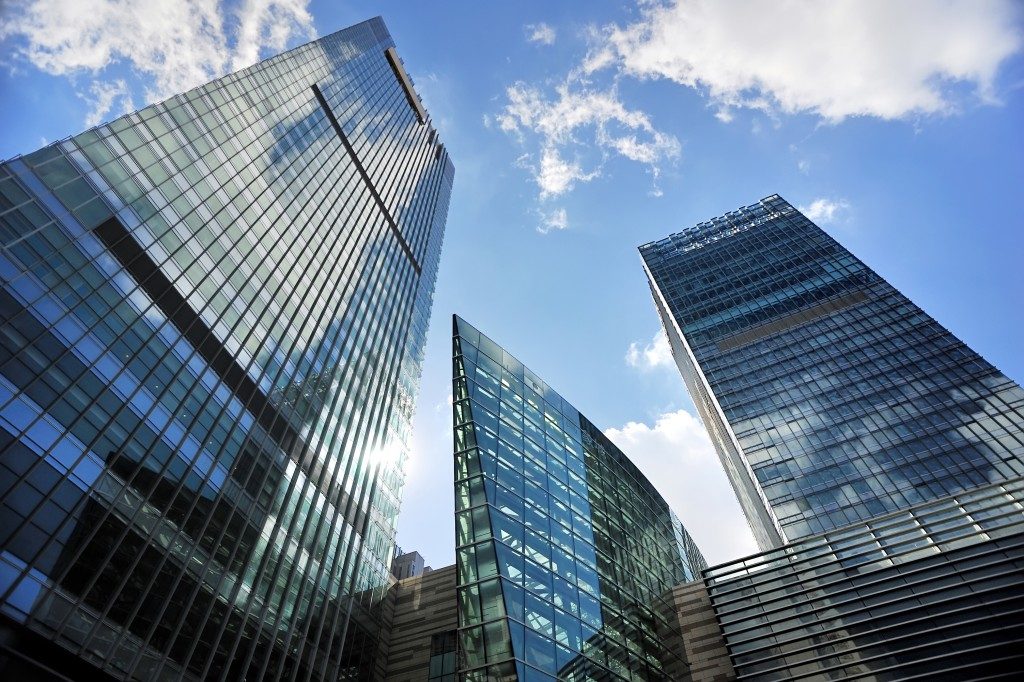What makes a good building? In an eco-conscious era, you might say that a good structure uses efficient technologies to ensure minimum impact on the environment. That’s all well and good, but ultimately, you’ll want a building that runs like a well-oiled machine: the elevators function, HVAC keeps occupants comfortable, and the plumbing is never on the fritz.
Whether you’re constructing or buying a building, how can you tell it’s going to operate well? Think about commissioning.
Systems Function as Intended
Building commissioning is the process of ensuring all building systems are intact, functional, and operational. The building’s ventilation, HVAC, air conditioning, and lighting systems should all be in working order according to the original design plan and your project requirements. Commissioning a new or existing building includes running tests on the mechanical, electrical, plumbing and envelope systems. Additionally, the on-site engineers review design plans, verify installations of all past, current, and future equipment, as well as closely observe operation modes.
Letting your business undergo a building commission serves as a second opinion in how well your property is operating. This includes a thorough review of the surface level and technical processes. The primary purpose of this is to ensure that the operational systems work according to the building’s design and is parallel to a project you have in mind.
A Business Case for Commissioning
 In a nutshell, optimal performance is what commissioning intends to achieve for your building. Although this process should ideally take place during the pre-design process, you can still apply it as part of your comprehensive maintenance program. Early involvement can mean developing the building better right from the start.
In a nutshell, optimal performance is what commissioning intends to achieve for your building. Although this process should ideally take place during the pre-design process, you can still apply it as part of your comprehensive maintenance program. Early involvement can mean developing the building better right from the start.
But an existing building can still benefit from the thorough assessment that retrocommissioning can deliver. For starters, an efficient building secures satisfied tenants. Whether it’s the HVAC or the plumbing, a building’s system has to run without fail so that tenants can go about their business. Recommissioning (i.e., commissioning for buildings that have undergone the process at intervals) or retrocommissioning (i.e., commissioning for existing buildings that have not undergone such a process) can identify potentially expensive and future repairs.
In addition to maintaining the satisfaction of your tenants, commissioning can also cut operational costs down. A Lawrence Berkeley National Laboratory study of 643 buildings reveals that commissioning can lower energy expenses by 13 percent for new buildings and 16 percent for existing buildings.
Beyond operational efficiency and cost savings lies the benefit of safety. When every system works according to their design, accidents or hazards are kept at a minimum. As such, building commissioning becomes an effective risk management strategy.
A Systematic Approach to Maintenance
Whether it’s for new construction or an existing building, commissioning ensures that your commercial property stays on course with its performance. This comprehensive process not only looks at the design and installation, but it also does tests to ensure the functionality of every system. It further documents all the commissioned systems, so you gain a deeper understanding of how your building works, or how it’s intended to work.
Through commissioning, you’re assured of the building’s quality. Instead of merely reacting to, for example, malfunctioning cooling and heating systems or plumbing, you reduce the cost and disruption to your business by keeping your building in its optimal condition. As such, it’s good practice to commission your buildings, when they’re new and especially when they’re old.

